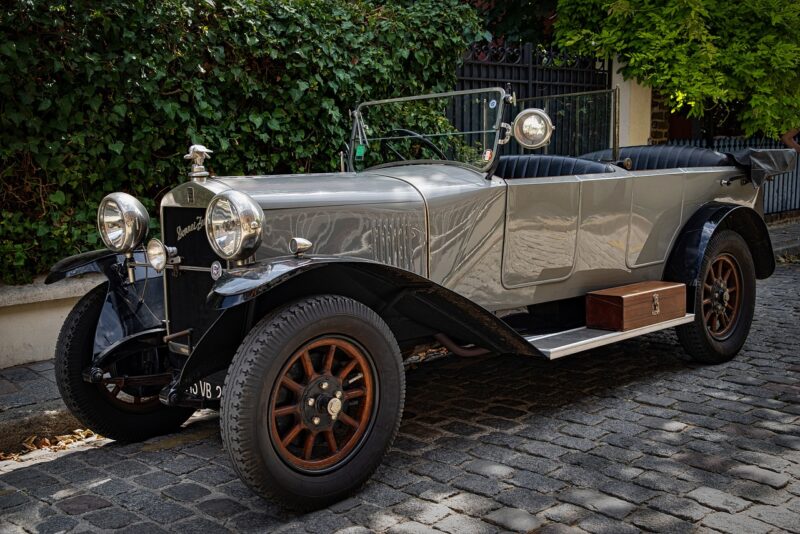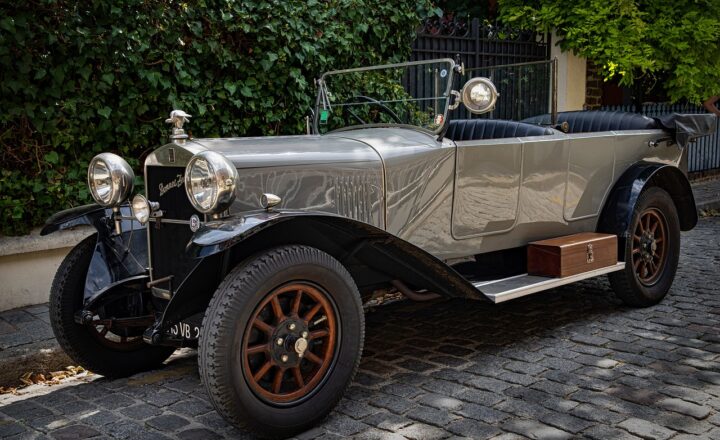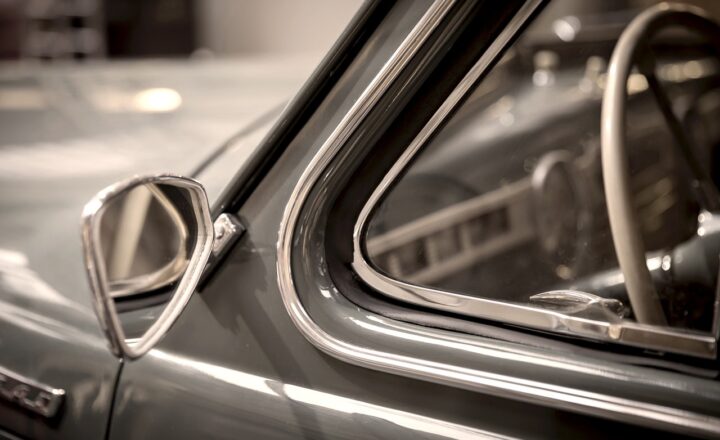The Elegant Jaguar E-Type: How This British Sports Car Became an Automotive Icon
November 13, 2024

The Jaguar E-Type, unveiled in 1961, is not just a sports car; it is a masterpiece of automotive engineering and design that has captivated enthusiasts and collectors for decades. From its stunning looks and remarkable performance to its cultural significance, the E-Type represents the glamour and innovation of the 1960s.
1. The Birth of the E-Type
Jaguar’s founder, Sir William Lyons, envisioned a sports car that could compete with the finest vehicles in the world while being attainable for the average driver. The development process began in the late 1950s, with the engineering team led by Malcolm Sayer. Sayer’s background in aircraft design influenced the E-Type’s aerodynamic shape, each curve and line meticulously crafted for both beauty and speed.
The Jaguar E-Type was showcased at the Geneva Motor Show in March 1961, and it promptly caused a sensation. Its sleek silhouette, highlighted by its long hood and short tail, drew admiring gasps from onlookers, and car enthusiasts were quick to recognize that this was a vehicle that would change the automotive landscape forever.
2. Design and Features
The E-Type is lauded not just for its performance but its stunning design. Many consider it the epitome of classic sports car aesthetics. The iconic front grille, the elegant rear, and the signature headlights contributed to what many call ‘automotive art’.
Iconic Elements of the E-Type Design
- Aerodynamic Shape: The E-Type was designed with aerodynamics in mind, providing it with a top speed of over 150 mph – astonishing for its time.
- Unibody Construction: This innovative method of construction provided the car with both lightness and strength.
- Independent Rear Suspension: The suspension design played a vital role in the handling and ride quality, a feature that was revolutionary during the design period.
The E-Type was available in two body styles: the two-seater coupe and the roadster. Both versions featured a beautifully appointed interior, with fine leather seats and a dashboard that included an array of gauges and switches to enhance the driver’s experience.
3. Performance and Technological Innovation
Under the hood, the E-Type was powered by Jaguar’s celebrated 3.8-liter inline-six engine, producing 265 horsepower. This powerful engine was paired with a lightweight body, helping the car achieve an impressive power-to-weight ratio.
In 1964, the E-Type received an upgrade to a 4.2-liter engine, which provided improved torque and performance without significantly affecting the car’s weight. With this enhancement, the E-Type cemented its reputation as a formidable competitor on the racetrack, holding several racing victories and accolades.
4. Cultural Impact and Fame
The E-Type quickly transitioned from a mere sports car to a cultural icon. Celebrities such as Miles Davis, Frank Sinatra, and Bridget Bardot became proud owners, further enhancing its mythos. The E-Type made appearances in numerous movies and television shows, most notably in the classic James Bond film “Dr. No,” transforming it into a symbol of sophistication and luxury.
One of the most captivating stories associated with the E-Type is the enthusiastic endorsement by Enzo Ferrari, founder of Ferrari himself, who famously called it “the most beautiful car in the world.” This proclamation from a rival manufacturer solidified the E-Type’s status as an automotive legend unmatched by its contemporaries.
5. Legacy and Influence
The Jaguar E-Type has left an indelible mark on automotive history, inspiring generations of designers and car enthusiasts. Its combination of beauty, performance, and accessibility helped pave the way for modern sports cars.
As automotive technology has advanced, the principles established by the E-Type remain relevant. Today’s sports cars still draw inspiration from the original design and engineering feats that made the E-Type a groundbreaking vehicle.
Collectibility and Restoration
The E-Type has become a highly sought-after classic car, with models from the 1960s fetching significant sums at auctions. Collectors are often on the lookout for original vehicles or meticulously restored examples, demonstrating the car’s lasting appeal and importance in automotive history. Numerous restoration shops specialize in bringing these iconic cars back to their former glory, ensuring that the legacy of the E-Type will continue for years to come.
6. Conclusion
The Jaguar E-Type is more than just a car; it’s an enduring piece of automotive heritage. Celebrated for its design brilliance, raw performance, and cultural significance, the E-Type continues to enchant both those who experienced its heyday and new generations who admire it from afar. Its legacy stands as a testament to the golden age of automotive design and remains a shining example of British engineering excellence.
If you find yourself captivated by classic cars, the E-Type is a marriage of elegance and speed that stands in a league of its own, ensuring its status as an automotive icon for all time.







